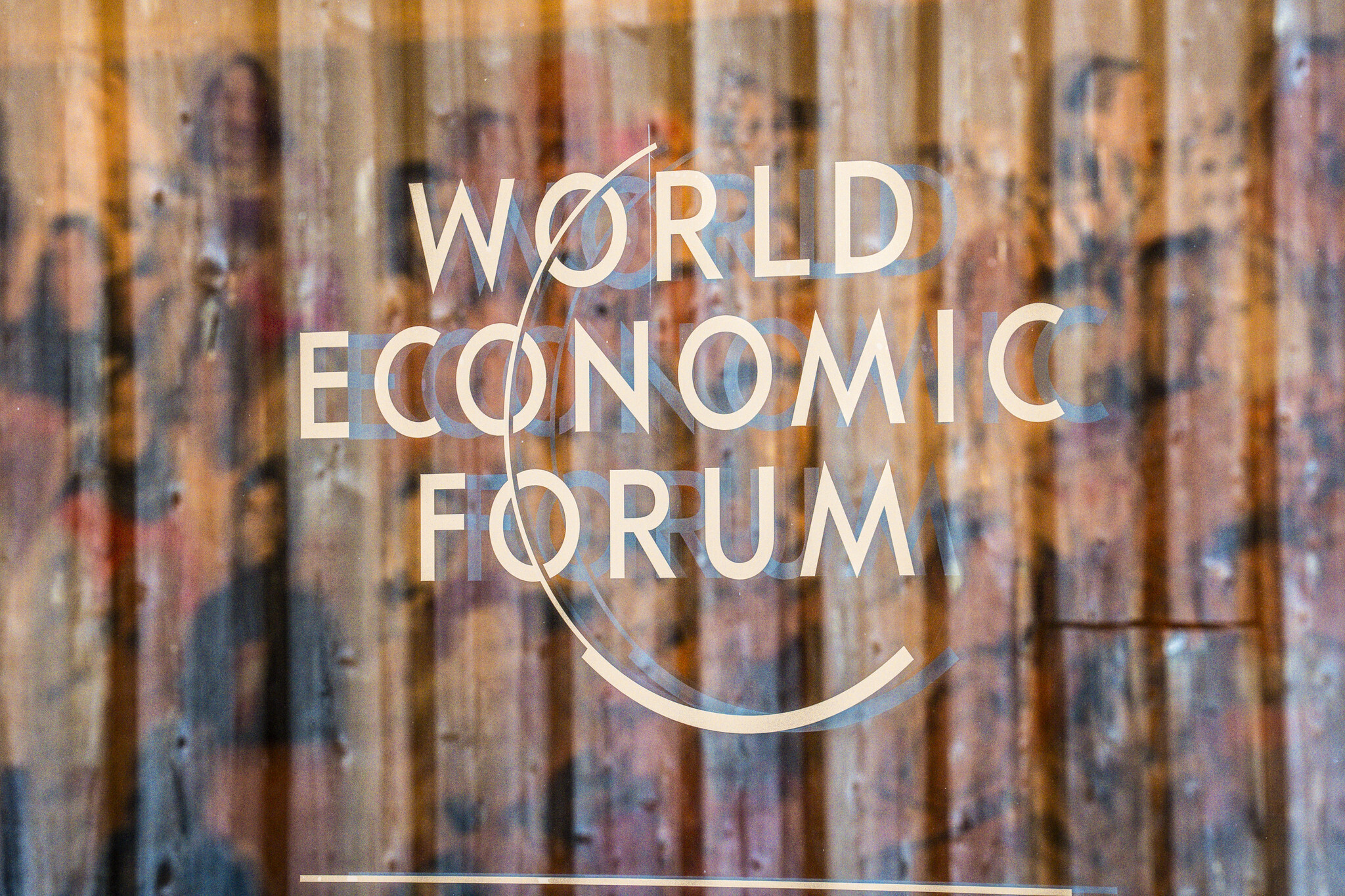This is why China needs to become nature positive - and how to do it

China needs to become nature positive
- 65% of China’s total GDP is at risk due to nature loss. With growing middle income, changes in consumer behaviour and burgeoning urbanization, the current economic development trajectory will place enormous strains on China's natural ecosystem.
- China is in a unique position to lead the transition to a carbon neutral and nature positive economy.
- World Economic Forum’s New Nature Economy Report Series comes out with a deep dive on China, highlighting which 15 nature positive business transitions could create USD1.9 trillion in annual business value and 88 million new jobs by 2030 in the country.
Over half of the world’s GDP is moderately or highly dependent on nature and its economic services. Yet, human activity continues to push the climate and natural ecosystems towards irreversible tipping points. The 2022 Global Risks Report ranks climate action failure, extreme weather events, biodiversity loss and ecosystem collapse as the top 3 most severe risks in the next decade.
Business as usual is no longer an option for business – or people.
Have you read?
China's action on air pollution can help restore trust in a greener future
What is common prosperity and how is China's philanthrophic sector advancing it?
Helping companies in China reduce and recycle 50% of e-waste by 2025, from smartphones to medical machinery
China's new carbon market aims to substantially reduce its emissions. Here's how
A new report by the World Economic Forum’s focuses on the economic case for safeguarding nature in China, the world’s second largest economy and one of the most biodiverse countries in the world. It finds that Chinese businesses can and must play a key role to play in achieving a carbon neutral and nature positive future.
Through this, they can pave the way for new opportunities through collective action by Chinese government, businesses, investors and citizens alike. Here are three key takeaways from the report that will help businesses and policymakers alike support the transition:
1. 65% of China’s GDP at risk due to nature loss
China’s economy has experienced unprecedented growth in the last 40 years. Average income per capita has increased from $120 in 1978 to $9000 in 2019 and urbanization rates have gone up from 18% in 1978 to 63.9% today.
However, as home to nearly 10% of all plant species and 14% of animals on earth, China’s natural ecosystem has paid a price for this exponential economic growth. The country’s mangrove area declined by 40% since the 1950s and more than 20% of vertebrate animal species in China are at high risks of extinction.
A healthy natural ecosystem is not an environmental imperative alone, it also has significant economic and community implications. The World Economic Forum’s “Seizing Business Opportunities in China’s Transition Towards a Nature-positive Economy” report has found that 65% of the country’s total GDP, or the equivalent to 9 trillion USD, is at risk of disruption from nature loss.
Intertwined forces of urbanization, increased purchasing power and changes in consumer behaviour put enormous strain on China’s natural capital, pushing critical ecosystems to the cusp of irreversible tipping points. This ultimately becomes a threat to the very foundation of China’s economic growth and societal wellbeing.

2. Climate change and biodiversity loss are two sides of the same coin
China has pledged “Dual Carbon Goals” to achieve carbon peaking by 2030 and carbon neutrality by 2060, and has also pledged to reversing global deforestation by 2030. But addressing climate change alone will not be enough to safeguard our economies and societies from future shocks. Just as urgent is the need to build momentum across all sectors of society to combat nature and biodiversity loss.
China is in a unique position to strengthen its resolve and lead the transition to a nature positive, net zero and equitable economy. As the host of the UN CBD CoP15, China has developed the concept of ‘an ecological civilization’, living in harmony with nature, and has prioritized and upgraded the area of biodiversity to a national strategy.
Protection, restoration and sustainable management of nature and its services are essential to meeting the Paris Agreement Climate Goals. Research shows that China’s terrestrial ecosystems have the potential to store 80 billion tons of carbon dioxide per annum, the equivalent of eight times the country’s 2019 emissions.
3. Carbon neutral, nature positive economy for resilience and profit
The new report puts forward 15 priority transitions in three priority socioeconomic systems that can unlock USD1.9 trillion in annual business value and create 88 million jobs in China by 2030.
Food, land and ocean use: Shift the way we produce and consume
Six pathways across this system can create almost $596.1 billion of additional annual revenue while creating over 34 million new jobs by 2030.

For example, 27% of China’s land has been impacted by desertification, with only a third of the total arable land area being high yielding. This extreme nature risk also offers great opportunities for putting in place regenerative practices and the right business models. In the Ulaanbuwa Desert, China’s leading organic dairy company, Shengmu, invested more than USD 110 million in the past 10 years to transform the desert into grazing land for its organic milk production. 90 million trees of various types have been planted in the Ulaanbuwa Desert, greening more than 200 square kilometres of the desert.
Infrastructure and the built environment: Greening cities and transportation
It is estimated that 75% of the Chinese population will be living in cities by 2030, up from 63.9% in 2020. As China makes progress in socioeconomic development and urbanization, new nature positive business opportunities will emerge, presenting USD 590 billion of additional business value while creating 30 million new jobs by 2030.
The Foshan Nanhai Solid Waste Treatment Industrial Park is an example of leveraging innovative technology and circular business model to address the increasing challenge of urban solid waste in China. Today, urban solid waste amounts to almost 10 billion tons every year and is still growing at 8% annually.
With a total area of 30.7 hectares, the Nanhai industrial park built a comprehensive sustainable waste treatment system including sludge drying, waste incineration and facilities to handle 26 major types of hazardous waste. Among the different treatment plants, resources are recycled and utilised synergistically. For example, electricity generated from waste incineration is used to power the entire park, and the excess heat from incineration steam is used for sludge drying.

Energy and extractive sector: Conserving and restoring nature while decarbonizing our economy
By 2030, the report estimates a total of USD 586 billion of additional business opportunities and 18 million new jobs by 2030 in nature positive transition in the energy and extractive sector.
A crucial strategy to achieving the “Dual Carbon Goals”, for example, is the electrification of vehicle fleets, which leads to increased demand for batteries. As the energy transition accelerates and demands for certain metals grows, pressure from the energy and extractive industry will increase, too.
To address the potential environmental downside, the Ministry of Industry and Information Technology encouraged car manufacturers to take responsibility for the process of recycling batteries from end-of-life electric vehicles in 2018.
As a result, Geely Automobile, one of China’s major independent car brands, funded a joint venture dedicated to maximizing the recycling opportunity for waste lithium batteries. In 2019, Geely Automobile's average recycling rate of materials from end-of-life cars was at 96.8%. Through this, they were demonstrating the potential for the green manufacturing of car batteries and other autoresources to generate new business opportunities in China and beyond.

Securing long-term value creation
The cost of inaction on nature loss is too high to ignore, and the time is ripe for business leadership. Businesses who act now can reap the economic benefits of increasing their resilience, enhancing strategic business advantage and securing longterm value creation. Through the World Economic Forum’s community of Champions for Nature, we look forward to engaging public and private actors in China and globally to lead the change and deliver a better, stronger, and more beautiful world for ourselves and future generations.
Don't miss any update on this topic
Create a free account and access your personalized content collection with our latest publications and analyses.
License and Republishing
World Economic Forum articles may be republished in accordance with the Creative Commons Attribution-NonCommercial-NoDerivatives 4.0 International Public License, and in accordance with our Terms of Use.
The views expressed in this article are those of the author alone and not the World Economic Forum.
Stay up to date:
Sustainability Reporting
Related topics:
Forum Stories newsletter
Bringing you weekly curated insights and analysis on the global issues that matter.
More on Forum in FocusSee all
Gayle Markovitz
October 29, 2025







